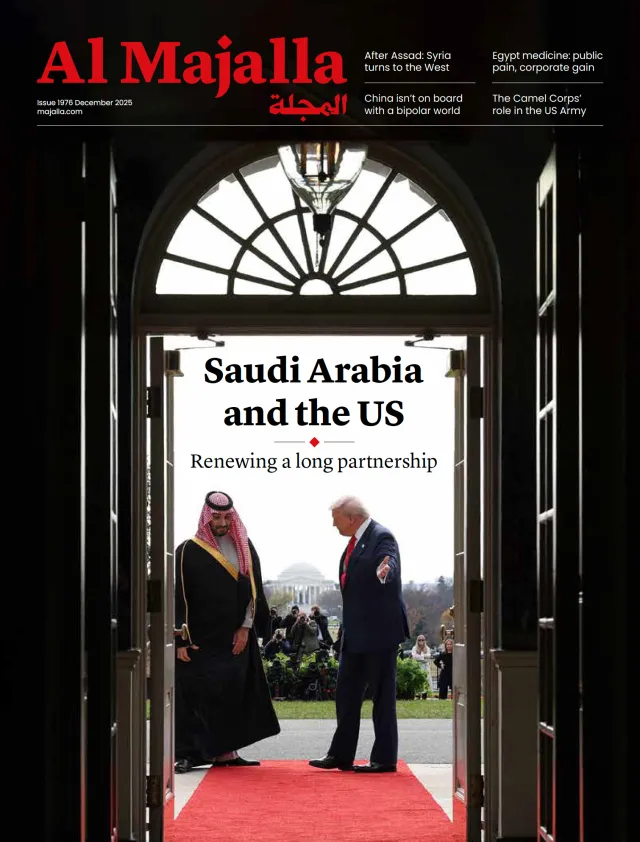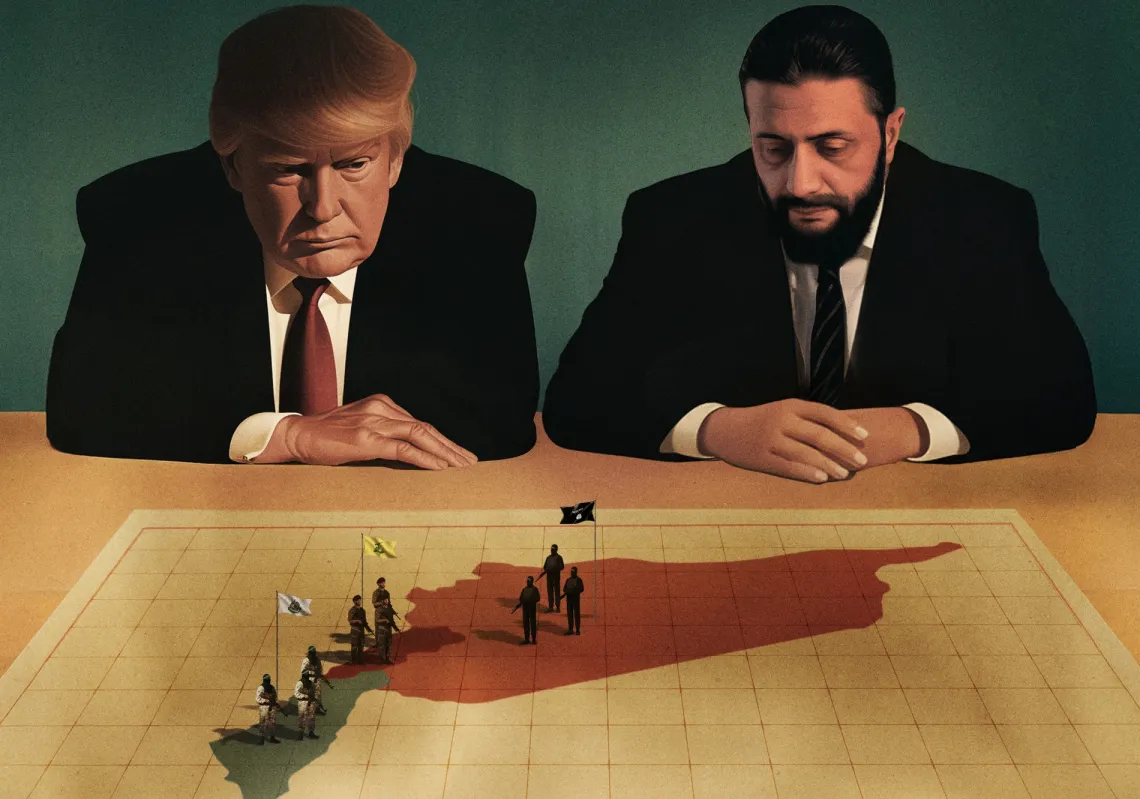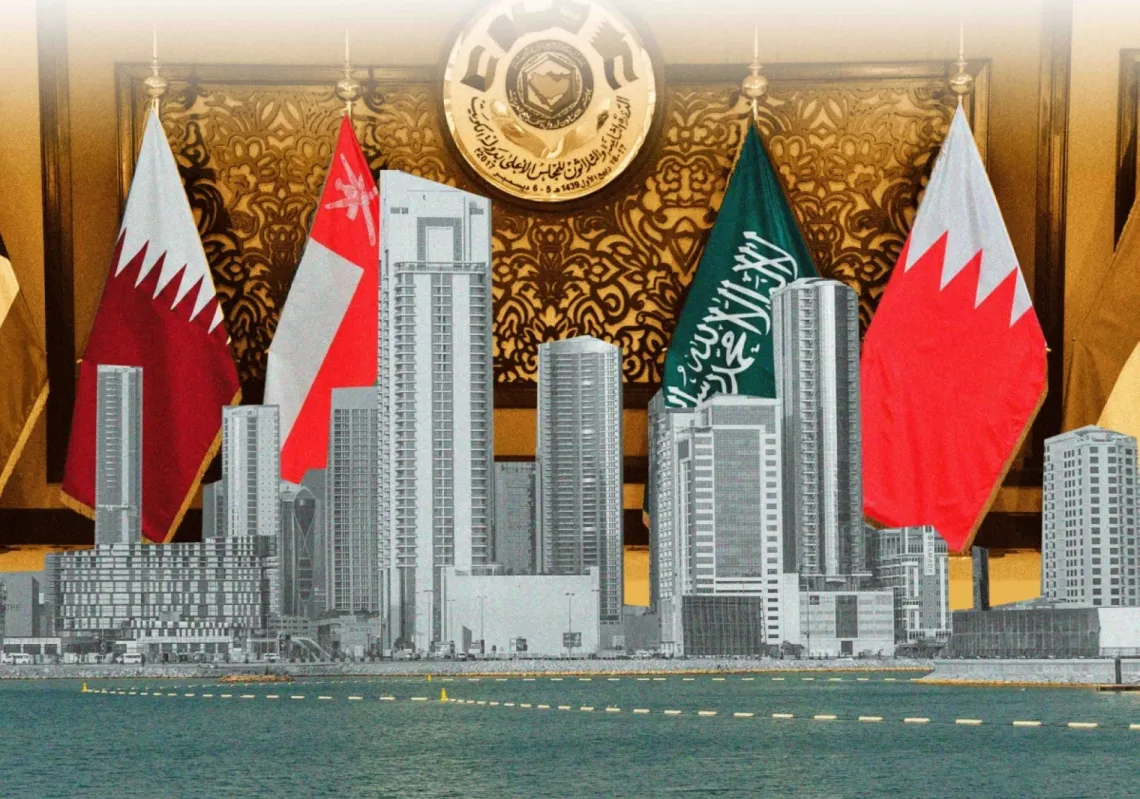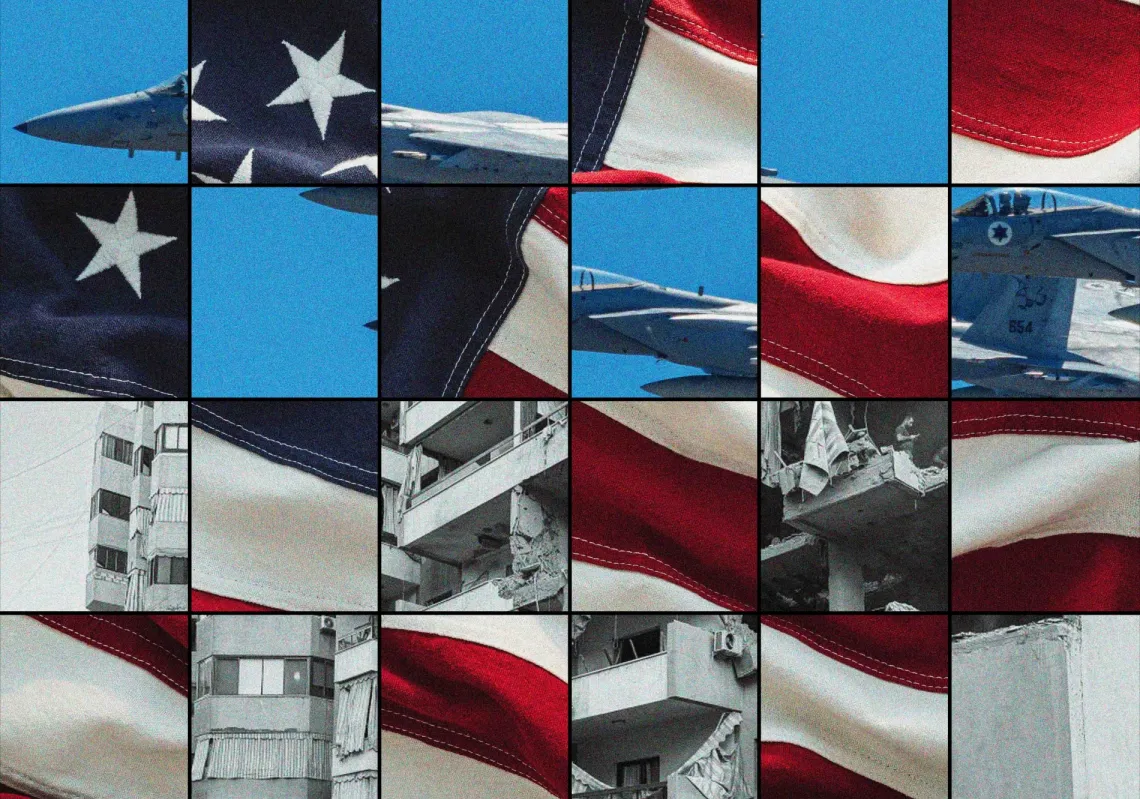As the Israel-Iran war enters its second week, both countries’ economies are sustaining huge losses, albeit with Israel’s economy having begun in a far better starting position. And no doubt, Trump's decision to join the war with US fighter jets hitting Iranian nuclear sites on Sunday, will only embolden Israel to attack Iran further.
Israel is currently on the offensive, but with Iran 74 times larger than Israel by land area, victory will depend on a range of factors, including military capabilities, economic backing, geography, popular support, and international alliances.
The losses have been estimated at around $60bn per month, according to the French economic daily Les Échos, but Israel has a GDP (gross domestic product) of $583bn for a population of 10 million, whereas Iran has a GDP of $418bn for a population of 87 million, according to Trading Economics.
The International Monetary Fund (IMF) expects the war between Israel and Iran to cost each country about 2.5% of its GDP. It has already dragged Iran’s growth down to -0.5% after projections of 0.3% growth earlier in the spring. Israel was expected to achieve 3.5% growth in 2025, having already posted 3.4% growth in the first quarter of this year, but that is now due to decline.
Yet the cost of Israel’s war-waging extends beyond Iran. Its war on Gaza is costing around $100mn a day, according to estimates. But it can rely on its tech exports, as it has a strong economy based on scientific research and technology, not to mention international support. Israel’s per capita income is $57,000, a similar level to that of Germany and the UK in terms of purchasing power.
Cost to belligerents
The IMF expects Israel’s GDP to rise to $610.7bn in 2026, but this is somewhat offset by mounting insecurity, an exhaustion of Israel’s human resources (the war in Gaza has now dragged on for almost two years), and damage to its international image. Be that as it may, Israel can still rely on its technology exports, and an economy based on being a leading Middle Eastern capital market.
In contrast, Iran’s economy is on the verge of collapse after decades of sanctions and isolation. Almost all its oil exports go to China at prices far below market rates. As such, Tehran may feel it must consult Beijing, especially on decisions such as closing the Strait of Hormuz, through which most Gulf state energy exports flow.

Read more: What would happen if Iran closed the Strait of Hormuz?
Iran has one of the region's weakest economies in terms of growth and development, relying on agriculture, mining, trade services, oil, and gas, according to the World Bank's Global Economic Prospects Report. Before the war, Iran's GDP was projected to rise from $401.3bn in 2024 (41st globally) to $418bn by end-2025, but the economy suffers from inflation of 43.3%, a shortage of foreign currency, and a major external payments deficit, according to the IMF.
It produces around three million barrels of oil daily, which is only around 3% of the total global daily oil consumption, making it a marginal player in oil and gas markets with no direct influence on prices (unlike Saudi Arabia, Russia, or the United States). The war has led to higher oil prices, but at the time of writing, they appeared to have settled around $78 a barrel. This prices in a security premium but does not suggest that major supply disruption is expected.
Regional impact
The World Bank's April 2025 report was optimistic, projecting 2.6% growth for the Middle East and North Africa this year, rising to 3.7% in 2026 and 4.1% in 2027, with growth expected to be higher in Gulf Cooperation Council (GCC) countries (3.2% in 2025, 4.5% in 2026, and 4.8% in 2027). But analysts now believe the Israel-Iran war will negatively impact the entire MENA region, especially if it drags on.
If it is to rebound and preserve the ruling regime, Iran will need to reconcile with its Arab neighbours, build closer ties with Russia, China, and the European Union, and return to nuclear negotiations with the United States. Agreeing to unfavourable and humiliating Western terms may be the only way to salvage the situation, with US President Donald Trump having posted the words "unconditional surrender" on social media.
Analysts doubt that Iran would close the Strait of Hormuz, despite its repeated threats to do so, with some describing this as tantamount to political and military suicide, which could spell the end of the regime—a scenario that Israel would welcome.
Closing it would put pressure on the global oil supply, but so far, energy prices remain balanced between producers and consumers, and global trade has not been disrupted. Although shipping and insurance costs are higher, they are still lower than during the peak of the Houthi attacks on vessels in the Gulf of Aden.















